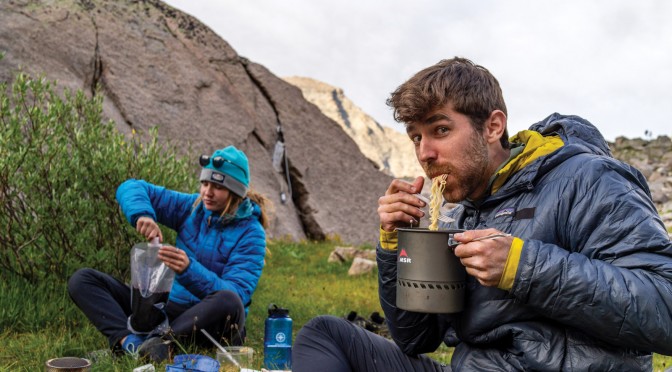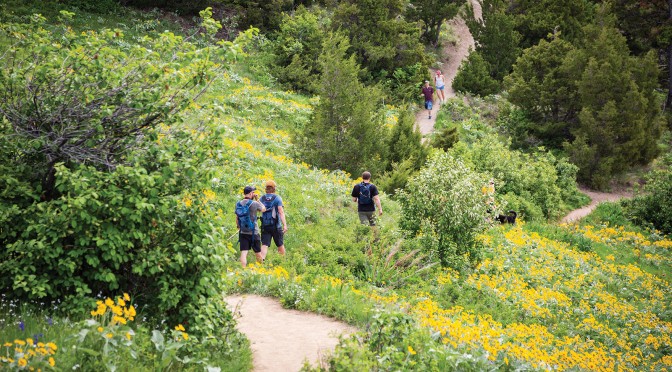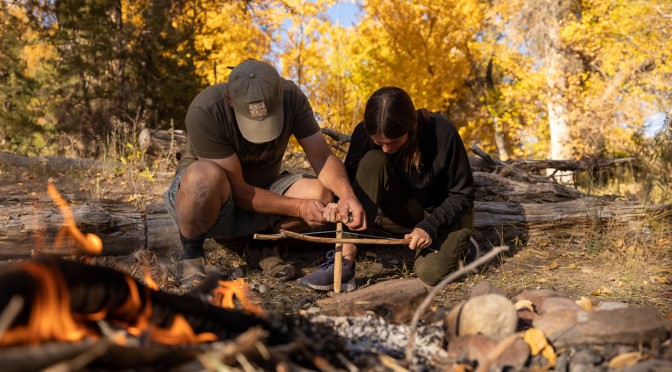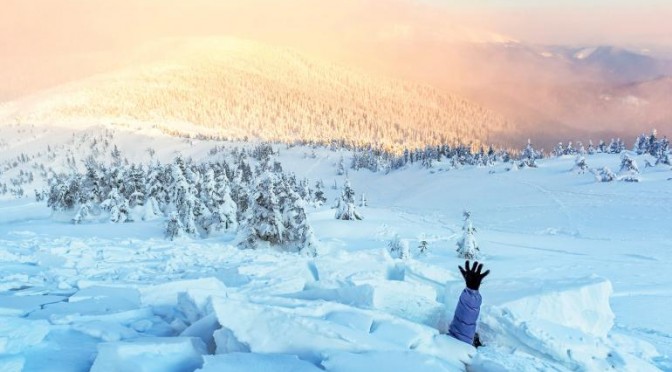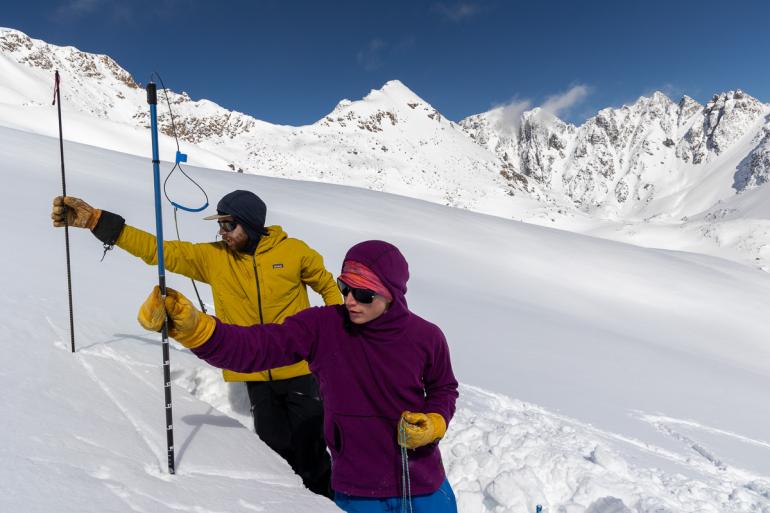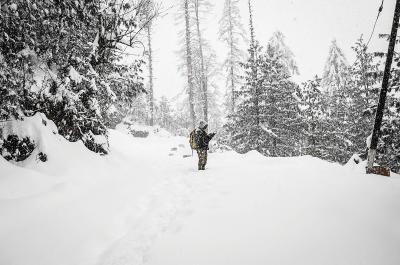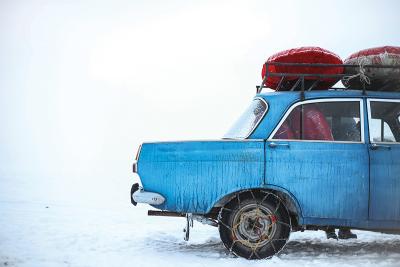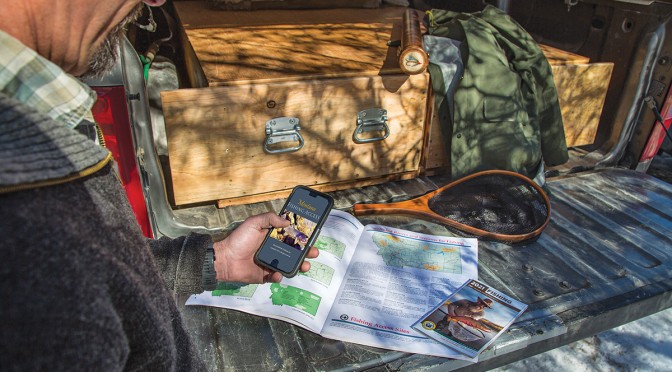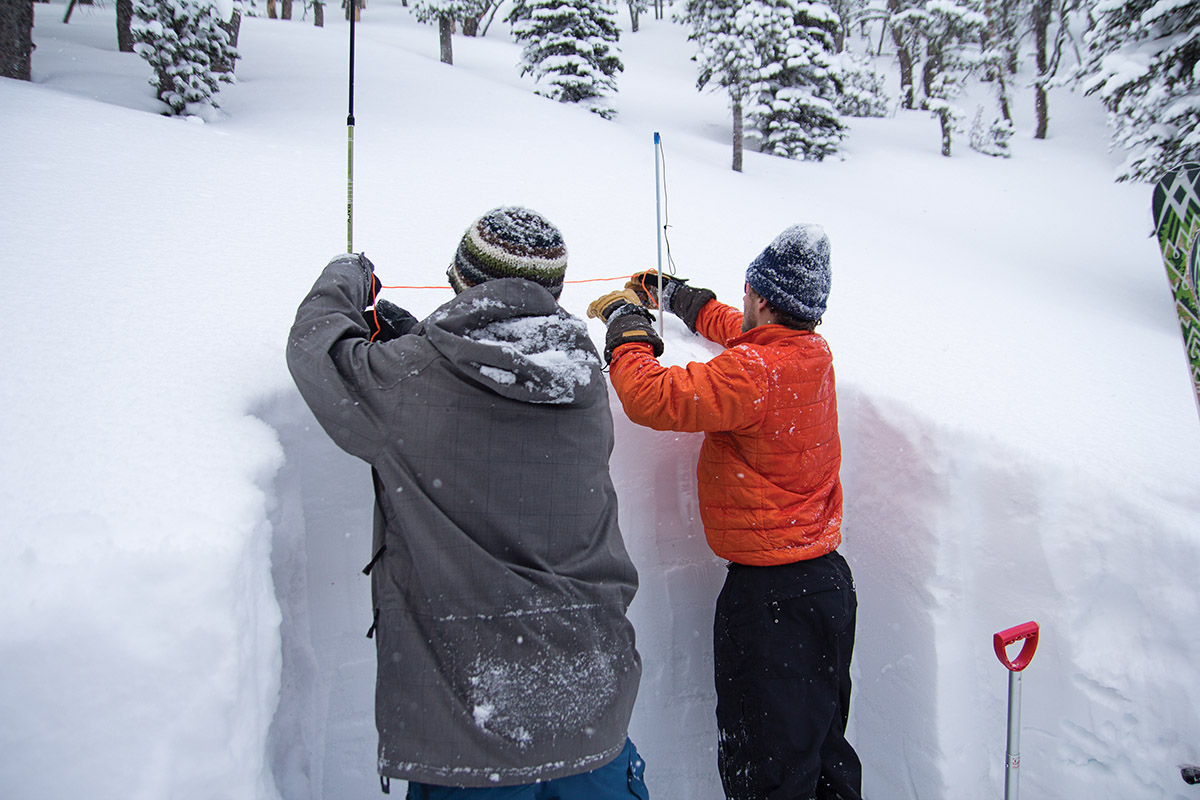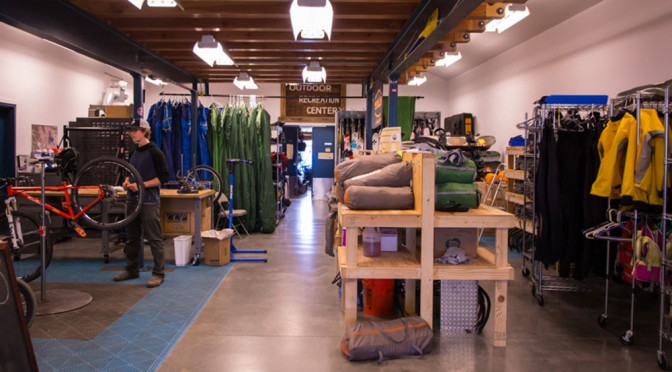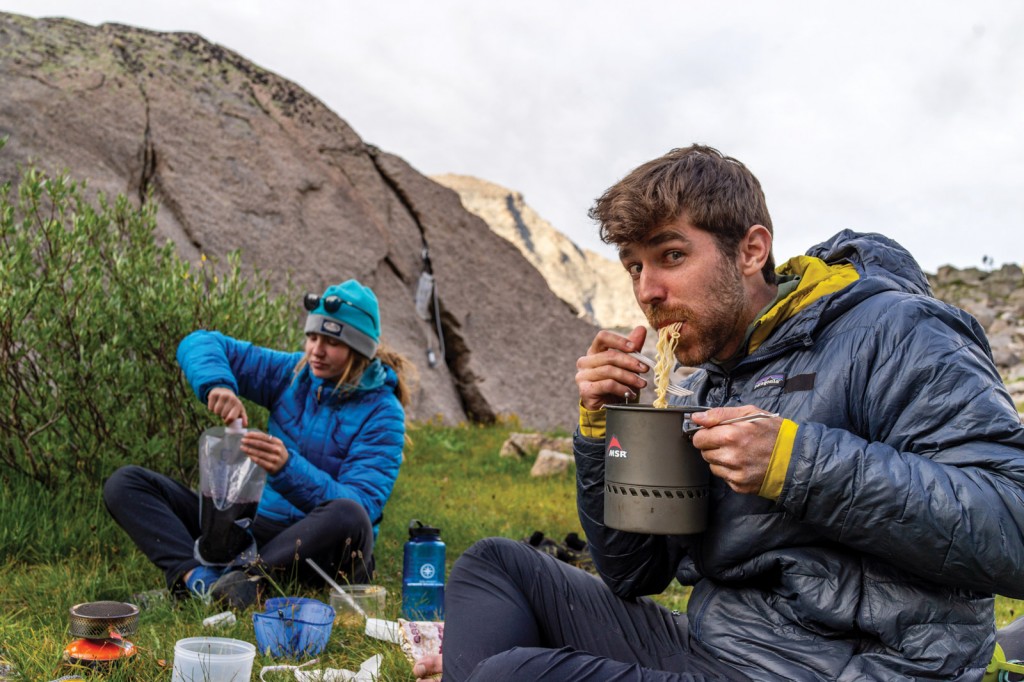 by Jack Taylor
by Jack Taylor
Cooking in the backcountry.
Cooking can be one of the most stressful aspects of camping for beginners, and one of the most joyful for veterans. Eating good food will not only keep you energized during your trip, but will also boost your morale. There’s nothing as sweet as kicking your feet up with a hot, tasty meal and watching the sunset from camp after a hard day of playing out in the backcountry. Here’s a rundown on how to crush camp cooking.
Stoves
There are three types of camp stoves to choose from: butane, propane, and white gas. Butane stoves are light and simple, but are less versatile and don’t do well in cold temps. Propane stoves are powerful, versatile, and great for car or river camping, but they’re too heavy for backpacking. White gas stoves are versatile and light, but they’re slightly more complicated to operate and maintain. Choose the right stove for your application.
Fire
Cooking on an open fire is one of the great pleasures of camp cooking. Get the fire started well beforehand to ensure you’ve got some nice hot coals to work with. Move the coals around to adjust heat. You can cook with a grill-grate, cast-iron pan, or Dutch oven. Looking for something lighter? The Fry-Bake Expedition Pan is aluminum and rated by the manufacturer for open-fire cooking. It’s expensive, but it’s the best lightweight pan you can buy.
Cook Kit
Keep your cook kit simple. A frying pan and one pot with a lid should suffice—size depends on how many you’re cooking for. Get a small metal spatula and a pair of pliers to grip your cookware. Bring a small, sharp knife and small cutting board. Opinel has some great utensils, and Gerber makes excellent bowls and plates for serving food. If you like coffee, GSI offers a light, reusable pour-over device. Don’t forget your mug!
Spice Kit
If you want to cook great food in the backcountry, you need to add some flavor. A small assortment of seasonings and spices goes a long way. MSR makes a compact salt-and-pepper container that’s great for other spices, too—keep a few in a small stuff sack. Take whatever spices you like, but never go without salt and oil. Chicken bouillon powder and hot sauce are also kick-ass. Experiment with dry sauce packets such as instant gravy, alfredo sauce, and chili mix.

Produce
Even without a method of refrigeration, you can still bring some produce on your camping trip. Raw meat and leafy greens can go unrefrigerated for the better part of a day. Most veggies will last for at least a few days, while hardy fruits and veggies such as oranges, apples, potatoes, onions, and carrots are good for a week or more. Summer sausage, cheese, and butter will also last over a week, provided you keep it sealed and cool.
Dry Goods
Whether you’re backpacking, river camping, or car camping, you’ll want the majority of your food to be dry and non-perishable. Rice and pasta are obvious staples, which can be spun into an immense variety of meals by adding other ingredients. Dried fruits and nuts are great for snacking, and can be added to breakfasts such as oatmeal or granola for some extra flair (add powdered milk for more flavor and calories). If you have a dehydrator, you can make DIY dehydrated foods—canned chicken or beans, mushrooms, frozen peas or corn, and zucchini all rehydrate well.
Baking
Backcountry baking? You betcha. If you want to take camp cooking to the next level, baking is where it’s at. You can use baking powder to leaven pancakes, biscuits, scones, and muffins. If you want to get real fancy, use instant yeast to leaven bread, pizza, or cinnamon rolls.
Recipes
One of the most fun parts of camp cooking is coming up with your own recipes. Put veggies and seasonings into rice or couscous to make a pilaf. Fry some potatoes, then load up the skillet with meat and cheese for a hearty breakfast scramble. Cook pasta, then layer it with sauce and cheese to make a casserole. The sky’s the limit!

